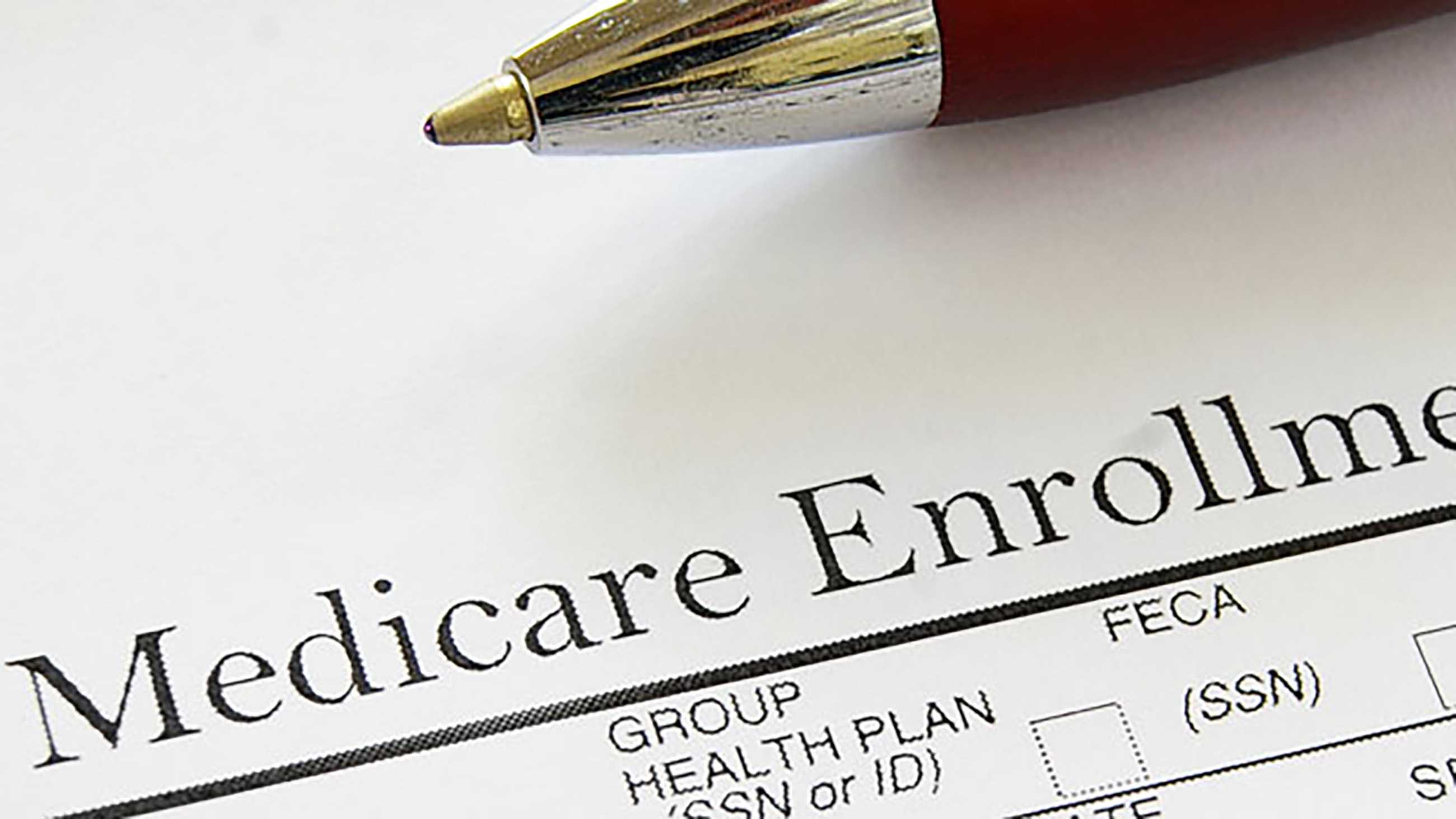How Insurers Take Advantage of ‘Medicare Advantage’
The Justice Department is accusing a major health insurance company of fraudulently manipulating its payments from the popular Medicare Advantage program, reporting extra diagnoses to exaggerate how sick some of its beneficiaries were.

In the scheme of things, the alleged overcharge by UnitedHealth Group — more than $1 billion from 2010 to 2015 — is not enormous. But along with reports of ongoing government investigations against other private insurers, the case points to systemic problems that could drive up costs and threaten the stability of Medicare, which provides health insurance to 55 million Americans, most of them 65 and older.
A Center for Public Integrity investigation in 2014 showed that various health plans have exploited Medicare Advantage’s payment system in recent years, costing taxpayers tens of billions of dollars. A study in the journal Health Affairs in February 2017 showed that non-fraudulent diagnoses by health insurers could cost an additional $199 billion in the next 10 years.
And the American Health Care Act passed by the House last month includes changes to Medicare that would cut into its revenue while increasing costs, raising the specter of earlier insolvency.
At the heart of the Justice Department action against UnitedHealth is an established government formula used to determine how much to pay health plans participating in Medicare Advantage, an alternative to traditional fee-for-service Medicare. Advantage beneficiaries obtain care from private insurers, managed plans or HMOs, such as UnitedHealth. About 15.6 million people were enrolled in the program in 2016, according to Kaiser Family Foundation.
Payments to Advantage plans are based in part on how sick their enrollees are, which itself is based mainly on the diagnoses for each enrollee. Insurers thus have an incentive to increase what experts call “coding intensity” — to find and report as many diagnoses as they can, thereby increasing enrollees’ “risk scores.” Higher scores yield higher payments to insurers. (By contrast, conventional Medicare pays fees to health care providers for every medical visit or procedure.)
UnitedHealth allegedly reviewed patients’ medical charts for opportunities to add diagnoses and thus receive more government money. The reviews also identified mistaken diagnoses that should have been removed and reported to the Centers for Medicaid and Medicare, which oversees these two government programs. But UnitedHealth reportedly withheld that information, and continued to receive taxpayer-generated payments.
The coding intensity issue could be resolved by rolling back the clock, says Richard Kronick, who conducted the Health Affairs study about the high cost of even lawful diagnoses. Kronick is a professor of family medicine and health policy at the University of California, San Diego, who headed the federal Agency for Healthcare Research and Quality until March 2016.
A previously used payment formula for Medicare Advantage relied not on diagnoses applied by health plans but on beneficiaries’ age, gender, Medicare status (enrolled or unenrolled), and living status (in the community or in an institution). Kronick says that formula would slow or even eliminate inflated payments, bringing Advantage payments in line with those made under conventional Medicare.
The old approach, which was in use until 2000, would be harder for health plans to manipulate.
“We have to fix the payment system so that taxpayers are not on the hook for coding intensity,” says Kronick.
Congress could incorporate the change into its replacement for Obamacare.









